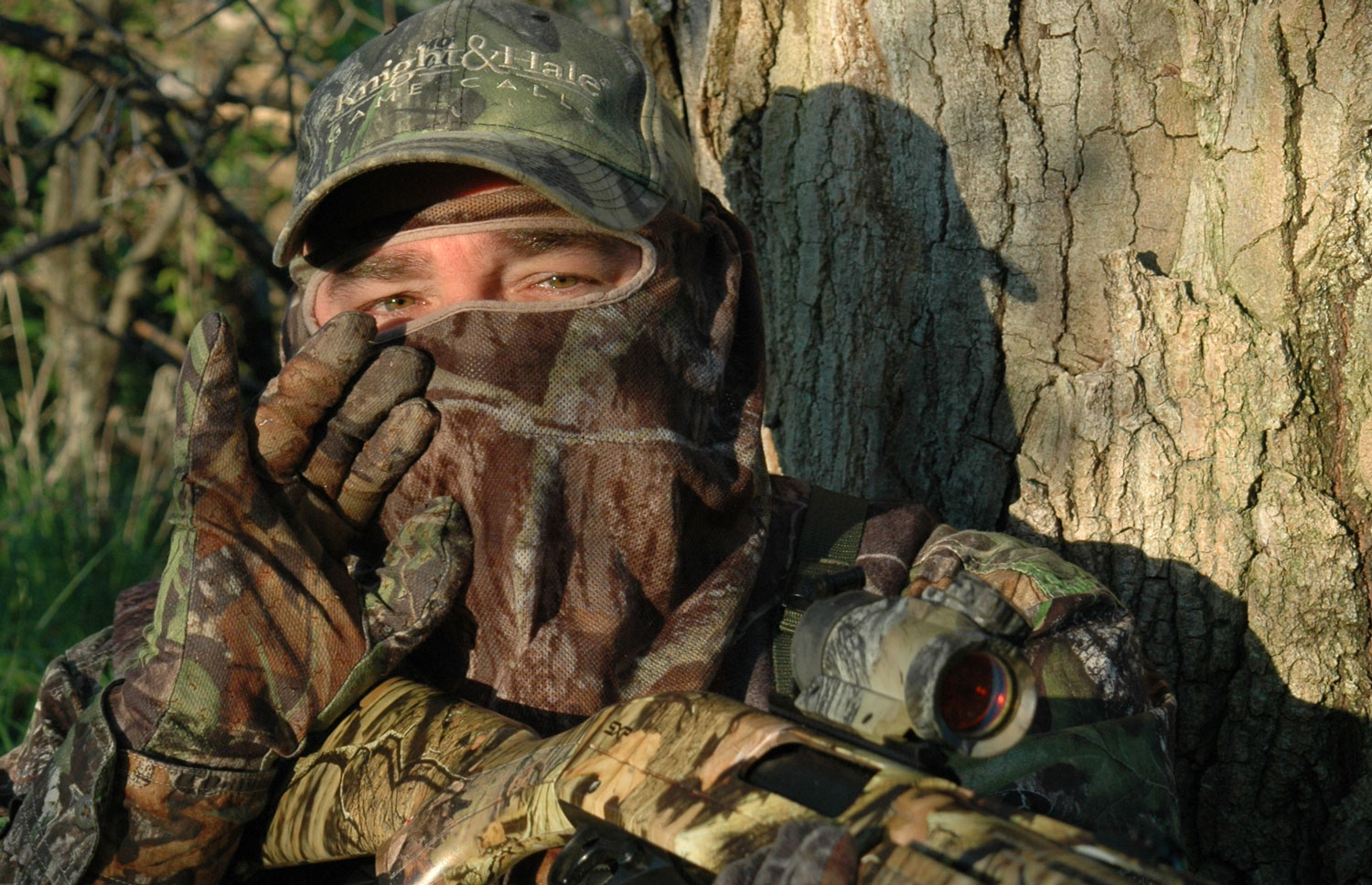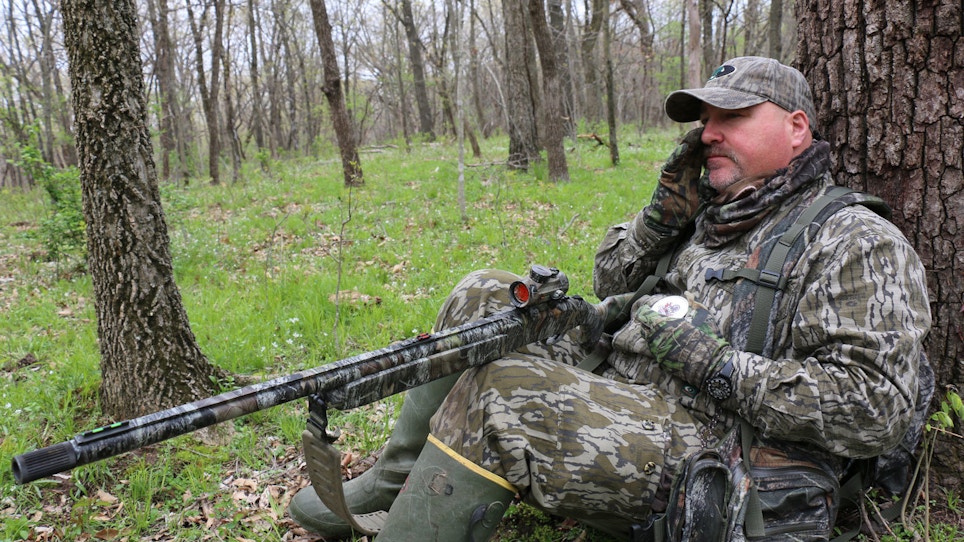If you’ve struggled to master the mouth call, you’re not alone. Many hunters become passable with a diaphragm but never run a call to its full potential. Others give up.
You don’t have to be a contest-level mouth caller to yelp in a gobbler. However, becoming skilled with this versatile tool makes you a better hunter. We asked some of the top callers in the country for tips to help you break through to the next level.
First, find a call you’re comfortable with. You read a lot about back tension, side tension, latex thickness, number of reeds and other technical factors, but experts suggest concentrating on a call’s basic cut and configuration. For example, if you can produce a one-note whistle — the first note of the yelp — on a split-V but struggle to do so on a combo cut, go with the former.
“The design and stretch, while important, isn’t the key factor in calling until you are very advanced,” said Chris Parrish, winner of multiple major contests. “The key factor is to use many different calls until you find a cut that seems to consistently run for you. After finding the style, then you can test several different, yet similar models to find the particular stretch that really gives you the most user-friendly experience and sound quality to suit your ear. Note that everyone’s ear is slightly different and some like a higher pitch, others a lower, deeper sound.”
 Then, concentrate on proper form. Determine the air flow and mouth and tongue position that lets you easily produce basic sounds. Remember: Huff air from your diaphragm. Don’t blow air across the reeds.
Then, concentrate on proper form. Determine the air flow and mouth and tongue position that lets you easily produce basic sounds. Remember: Huff air from your diaphragm. Don’t blow air across the reeds.
“Like blowing a duck call correctly, you need to bring the air across the diaphragm as if fogging up a mirror, not blowing out a candle,” said Tad Brown, of Flambeau/M.A.D. Calls. “Try different positioning of the call in your mouth. Position helps or hinders you in making different calls. For example, I purr better when the call is farther back in my mouth. Yelps, for example, sound different when produced from the side of your mouth versus the front of your mouth.”
Also, pay special attention to the delicate arts of tongue pressure and air flow.
“Technique is extremely important,” said Scott Ellis, two-time Grand Nationals Head-to-Head champion. “There are many bad habits a caller can develop that hinder the call from reaching its optimum sound. Overblowing and too much tongue pressure are the biggest culprits. Keep one thing in mind: The more you can allow the cut (top) reed to flutter unrestricted, the more realistic rasp will be produced.”
After you’ve mastered the fundamentals, concentrate on realism, especially with your cadence.
“Learn good, real turkey rhythm,” said Steve Stoltz, world calling champion. “Study real turkey sounds. There are tons of ways to do this with today’s electronic and cyber world. Going to functions such as calling contests, seminars and NWTF events can help as well.”
Parrish agrees.
“Practice makes perfect, however, perfect practice is the best,” Parrish said. “I prefer to listen to real turkeys and find a particular bird that sounds close to your pitch and tone. Practice the rhythm and presentation of that particular turkey.”
Don’t be afraid to solicit advice from more advanced callers or enter competitions to identify your strong and weak points.
“When I entered my first calling contest, I started practicing and practicing, and it didn’t actually flip a switch until several contests later and that was by getting help from fellow callers — people that were really good callers — instead of just getting advice from average hunters,” said Shane Simpson, Minnesota state champion.
Finally, as your skill level increases, dedication to honing your sound becomes even more important.
“Practice, practice and more practice,” said Ernie Calandrelli, an accomplished competition caller and public relations director with Quaker Boy Calls.
“My best practice sessions come from the seat of my truck. I do not bother anybody and it kills time. I like to practice different calls at different times, so normally I concentrate on one at a time. I practice [until] the call gets soggy or I get tone-deaf. Sometimes, the sessions do not last long.”
You probably won’t become a competition-class yelper overnight. However, with experimentation, dedication and expert advice, you can become a solid woods caller. And the journey to reach that level can be a lot of fun.






